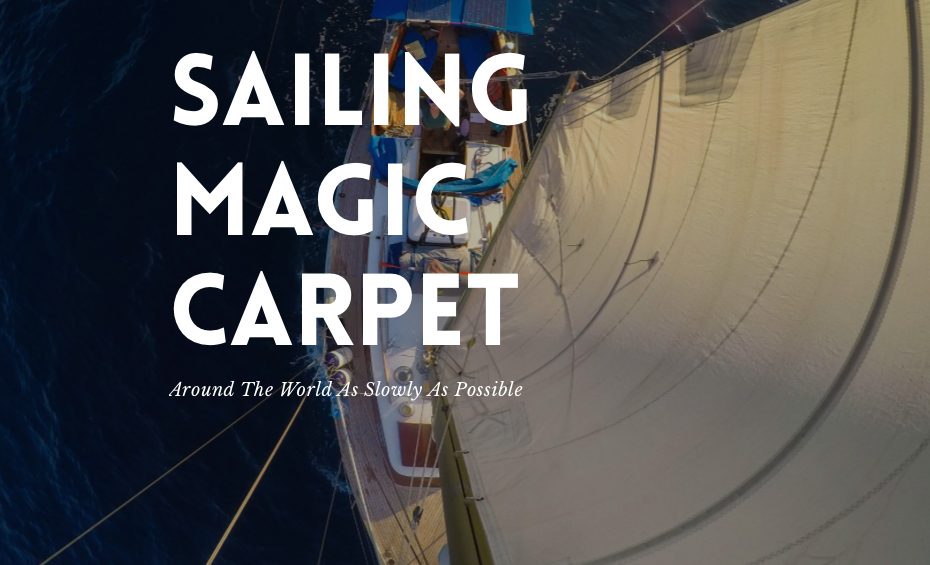
Our small sailboat bobbed gently at anchor. Several other boats were nearby –– very nearby on Canadian standards, but the Mediterranean is a busy sea and anchorages are full. All around us, the water bubbled.
I slipped on my mask and fins and dove off the bow pulpit. As I sank down, bubbles rose up around me. The water was warm and salty. I fluttered my fins slightly. Soon, I reached the bottom. I relaxed, my weight belt holding me gently to the sand. I looked up.
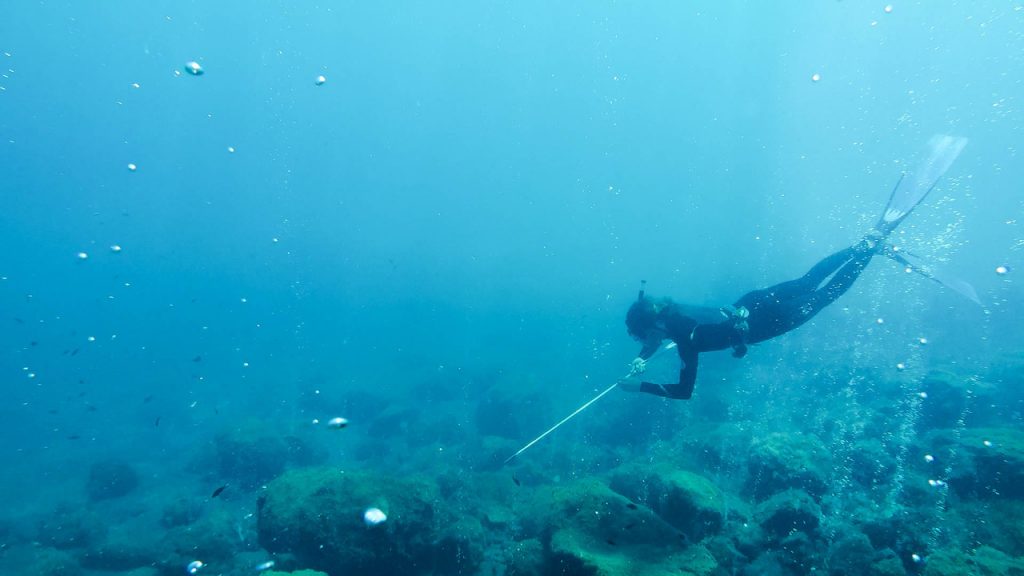
I was in a strange underwater jungle. Tall, gently waving stalks of bubbles rose up all around me, bursting forth from the sea floor. They were warm. They were like free standing vines, swaying and dancing in imperceptible currents, comprised of hundreds and thousands of little spheres of air. I kicked off the bottom, slightly fluttering my fins, and began to weave through them.
It was like swimming through a gentle massage. Streams of bubbles wrapped around me on their way to the surface. The closer to the sea floor, the warmer they were. I played like a seal, twisting and spinning, flying through this ethereal jungle of bubbly vines. Slowly, when my lungs became squeezed for air, I kicked up towards the shimmering surface. Our boat was right there, still bobbing. In the distance, the volcano smoked.
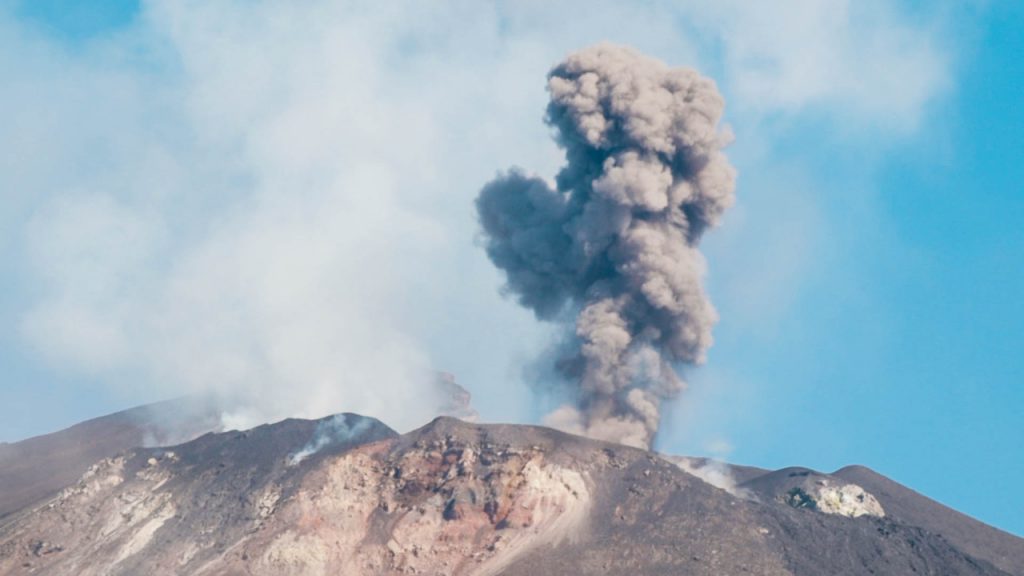
We were anchored on Isola di Vulcano, a tiny volcanic island just off the North coast of Sicily. It smelled like sulfer, and there were hot mud baths on shore. Streams of bubbles constantly rose to the surface, fed by volcanic vents below the sea. Vulcano is part of a group of small islands, collectively referred to as the Eolian Islands. They’re all volcanic, and they all have small towns which serve gelato and pizza to summer visitors.
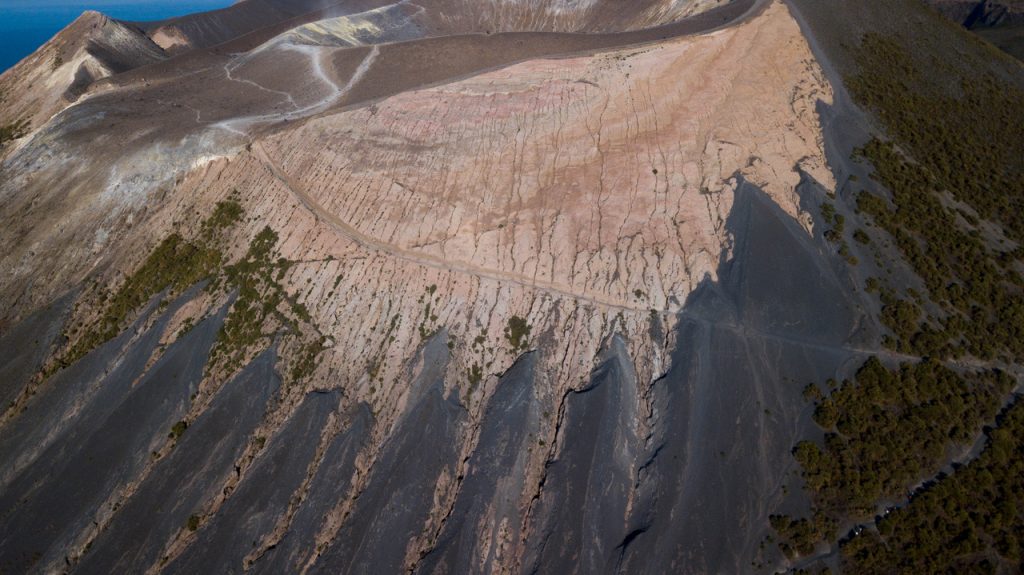
Vulcano was remarkable for its underwater vents, but the neighbouring island of Stromboli was equally impressive for its nightly shows of lava. Every night, Stromboli would pour red hot lava out of its crater, and it would flow downwards to the sea. Boats floating off shore were treated to a natural fireworks show unlike any other.
Neighbouring Panarea is less actively volcanic, but its sharp angles and towering cliff faces are unmistakable. On its gentler sloping side is a charming village of white and blue houses overlooking the Mediterranean Sea. There are no cars, only foot paths and the occasional golf cart that bump along cobblestones. Italy’s young and beautiful come to party at the famed Raya nightclub on its shores. It is the epitome of the Mediterranean good life.
Lipari is the most inhabited of the islands, with several towns and harbours. It’s volcanic origins aren’t as immediately apparent anymore, although it still shares some of the impressive topography of its sisters. The holding ground is bad, and the harbours in summer are absurdly priced. Still, the towns are slow and charming in the way only an Italian town can be.
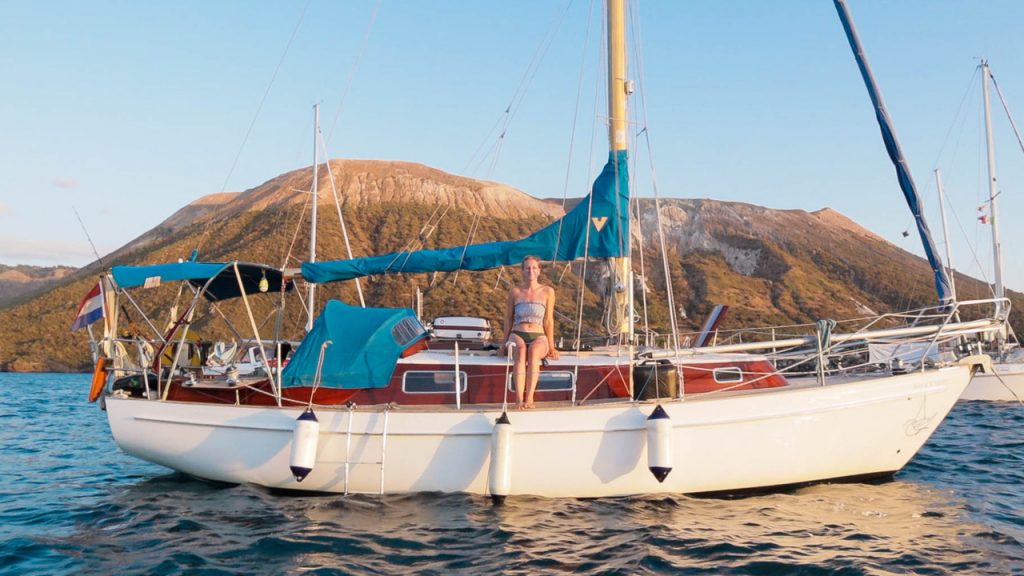
We spent a month sailing slowly around the Eolians, stopping for a week here and a week there, watching lava and sulfer and hiking amidst sharp volcanic stones. When I think of Italy, I think mostly about good food and gorgeous towns — but it is not only that. Italy also has some stunning natural geography, and nowhere quite compares to this small group of volcanic islands just off of Sicily. I would sail back in a heartbeat.
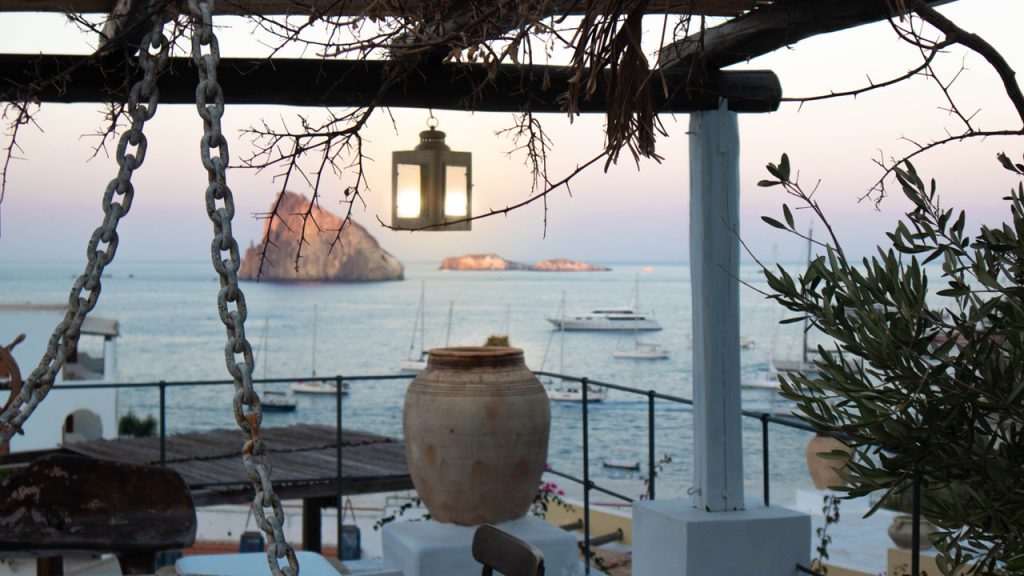
Maya lives in Europe on a 28ft sailboat with her husband Aladino. Their goal is to sail around the world as slowly as possible. They publish weekly videos of their adventures on their YouTube channel, “Sailing Magic Carpet.”
